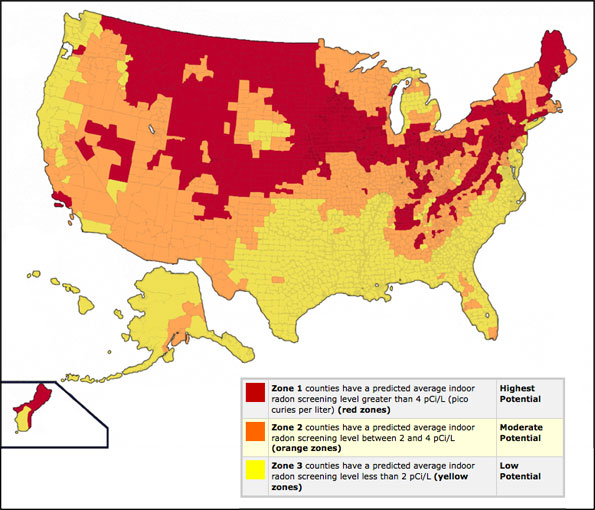Here is an interesting article on the distribution of sickle cell anemia and malaria across the African continent. The authors of this article also details various testing instruments and measures for HIV/AIDS and other conditions.
Below is a map that illustrates the distribution of malaria and sickle cell anemia in Africa. Click on the website here to download the article!

Source: Listick Daniel, Nanbol & Onuigwe, Festus & I.M., AbdulAzeez & B Osadolor, Humphrey & M.A.O, Okungbowa & O.J., Ikeama & Bukar, Alhaji & Emokpae, Abiodun & J.P.C., Nnadi & T, Nuhu & O.G., Ighalo & S.A., Shinkafi & Omoruyi Pius, Omosigho & Imoru, Momodu & Ikechukwu, Iwueke & Isah Ladu, Adama. (2017). SOKOTO JOURNAL OF MEDICAL LABORATORY SCIENCE (SJMLS) VOLUME 2 ISSUE 2 JUNE 2017.










You must be logged in to post a comment.